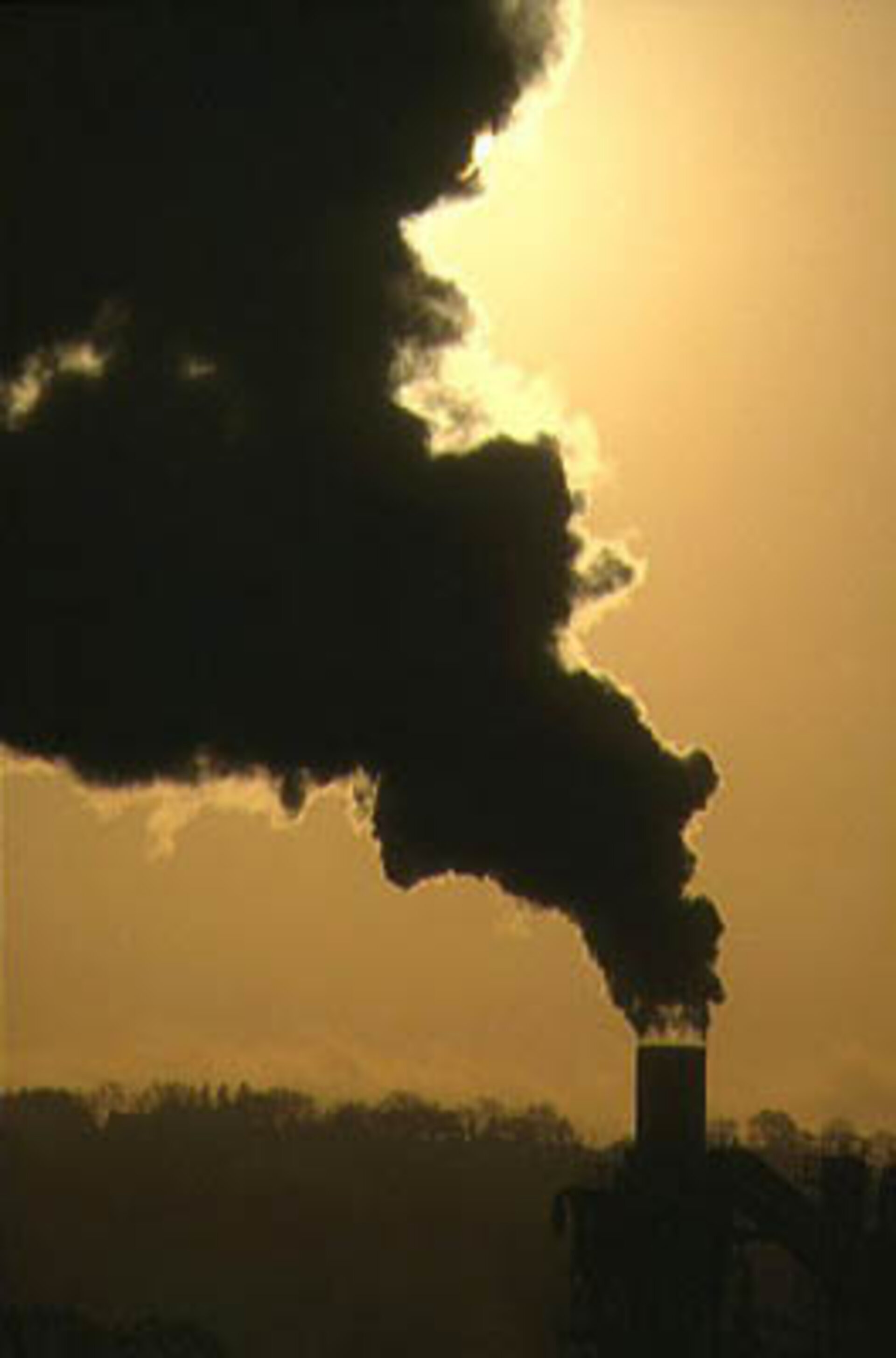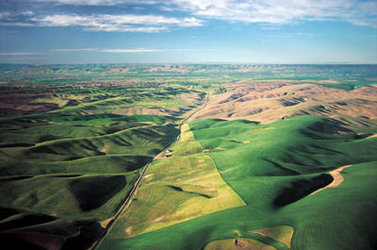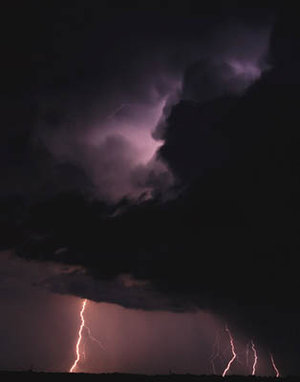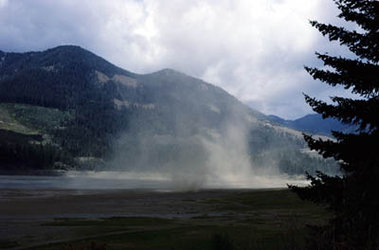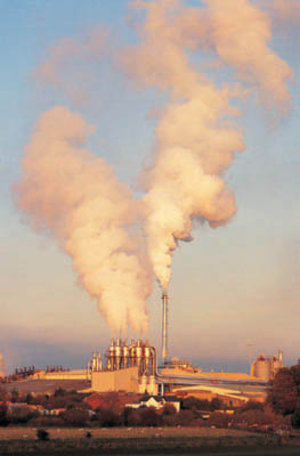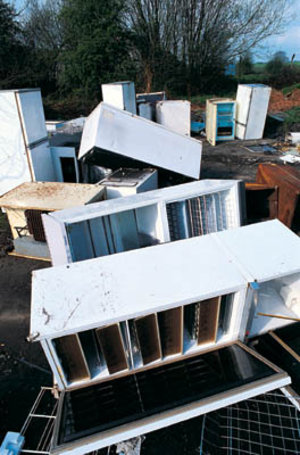Aerosols
Volcanic Mount Pinatubo devastated the Phillipines when it erupted in 1991, forcing half a million people from their homes. The largest eruption for a century, its wider effects were felt across the world.
It shot 20 million tonnes of volcanic ash particles and sulphur dioxide droplets more than 20 km into the atmosphere. These suspended dust particles and droplets - known as ‘aerosols’ - circled the globe for three weeks and temporarily reversed global warming.
This aerosol cloud absorbed and scattered incoming solar radiation, with the long-term result that the Earth’s surface cooled by an average of half a centigrade during 1992.
This incident brought attention to the special influence that these tiny aerosols can have over climate. The Pinatubo eruption also highlighted another fact about atmospheric aerosols - that their normal background levels have been increasing steadily over time, with uncertain effects.
Many aerosols reach the atmosphere by natural means - sand from desert dust storms, salt condensed from the ocean, ice crystals over the poles and ash from fires as well as eruptions - but human activities have also increased aerosol loads on the atmosphere in recent decades. Black carbon and sulphur dioxide aerosols are spewed from ‘dirty’ power stations and industrial smoke stacks while hydrocarbons are emitted from car exhausts and stratospheric vapour crystals from aircraft engines.
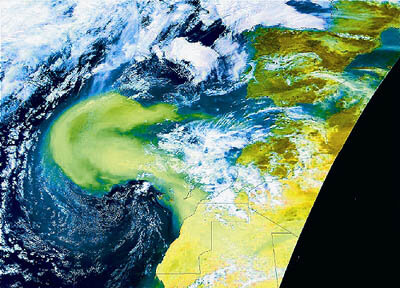
Aerosols are largely absent from current climate models, but they are important. Beyond directly scattering and absorbing sunlight - their exact effects depend on their chemical and physical properties - these aerosols can variously cause the condensation of new clouds, alter the properties of existing clouds and even provoke rainfall. Iron-rich desert dust blown into the ocean can provoke phytoplankton growth - and so increase their absorption of carbon dioxide - while particles blown onto an ice field can decrease its albedo and hasten its melting.
So we need to accurately represent aerosol loading and properties in future models. SCIAMACHY and GOMOS pick up the spectral signatures of aerosols in the atmosphere with sufficient wavelength coverage to determine their size distribution and concentration. Meanwhile, MERIS can also evaluate aerosol properties including optical thickness, while AATSR maps stratospheric aerosol distribution.
Working in synergy, Envisat instruments provide a global census of aerosol loads and follow them through from their origins, their interaction with atmospheric components and the energy budget, and finally their deposition back onto the surface.


